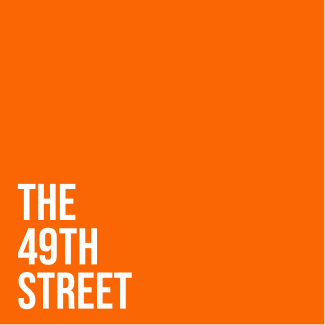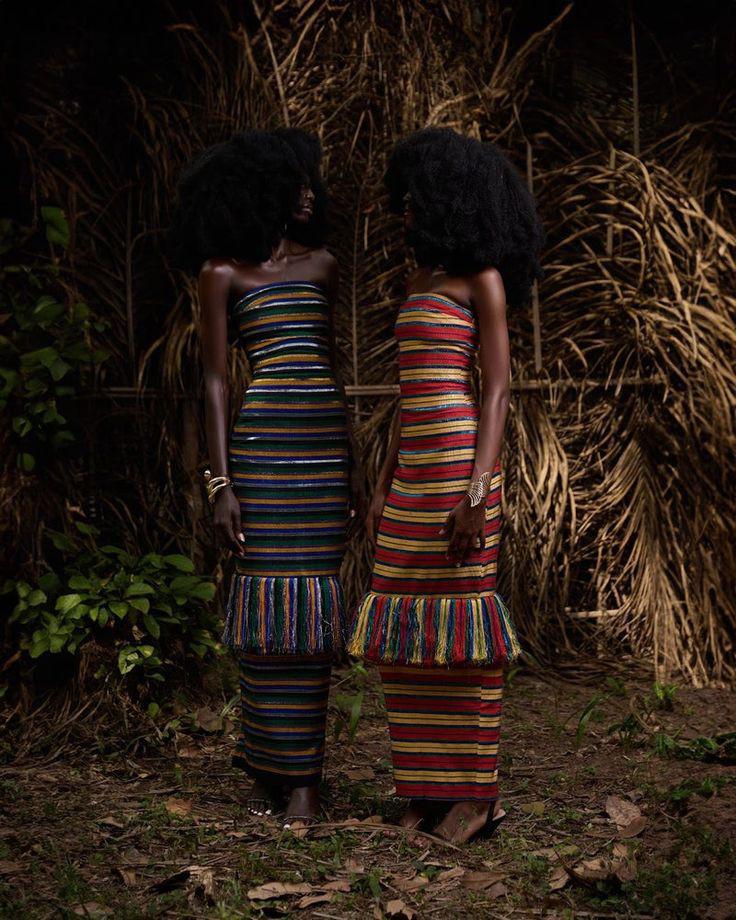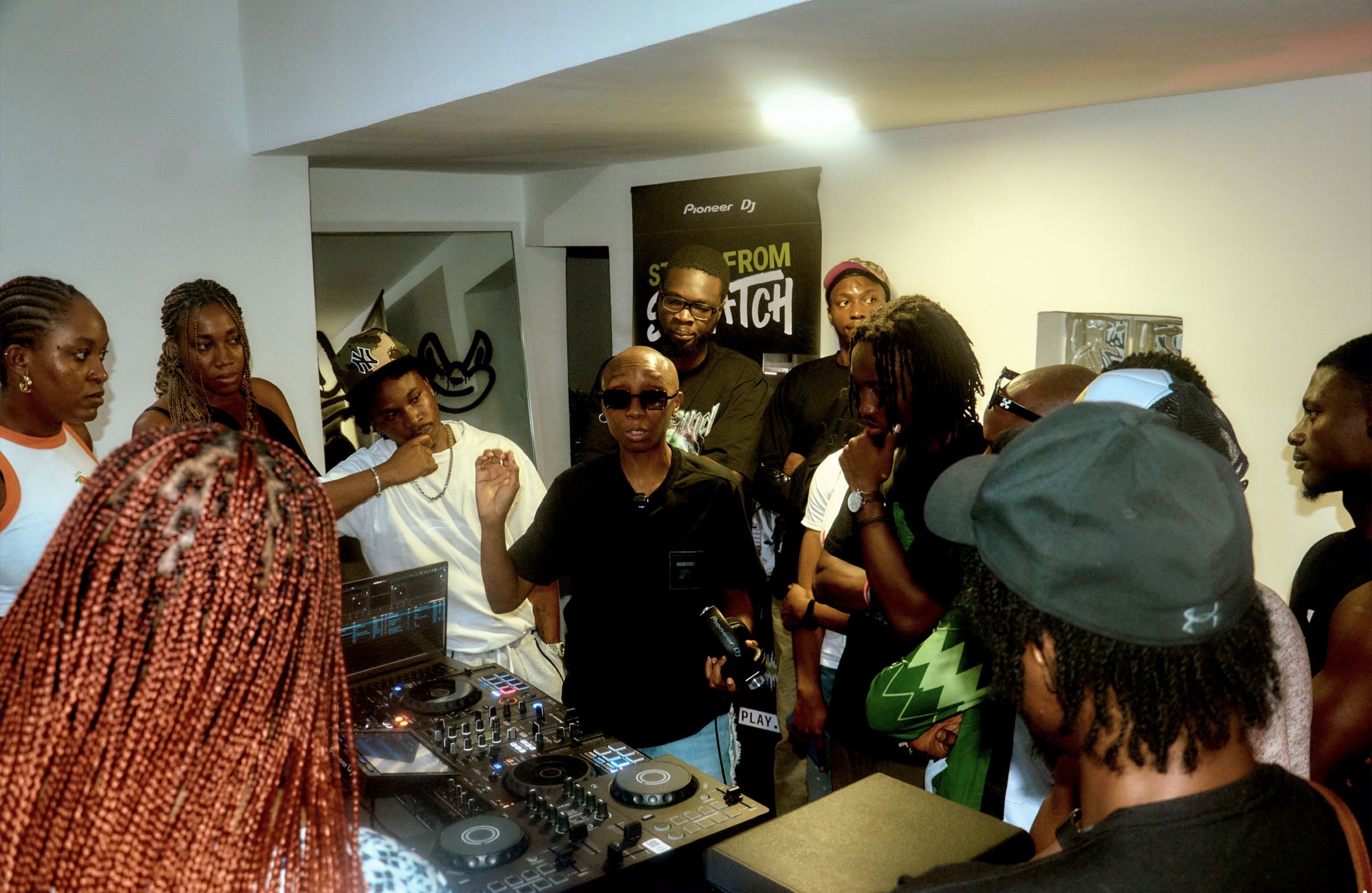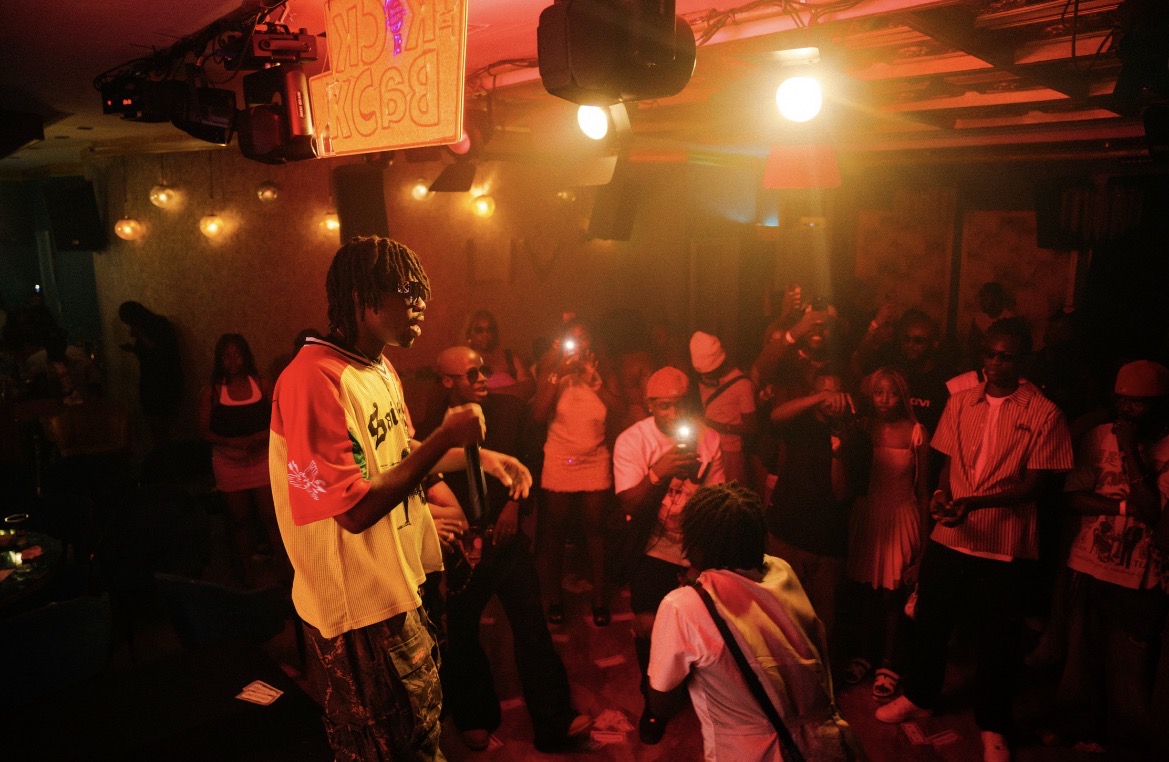By Praise Vandeh and Chinazam Ikechi-Uko
The Nigerian fashion scene, as the kids would say, is “lit”. Over the past decades, many fashion brands have sprouted, and what makes them so unique is how rooted they are in our culture. From Adire and Batik to Tie and Dye and Ankara, Nigerian fashion designers are showing what is possible by blending the best of both worlds. But with this distinctiveness comes a hefty price tag.
Many of these fashion brands’ guidelines are seemingly geared towards making clothing for the everyday Nigerian woman. But with the price tags, who exactly is the everyday Nigerian woman?
According to the National Bureau of Statistics and the 2018/2019 national monetary poverty line, about 40 percent of the country’s population lives in poverty. And as of 2022, 63 percent are multidimensionally poor. Going by this statistic, does this mean that the everyday Nigerian woman is the one percent of the one percent? Are they the only ones that should be catered to in Nigeria’s vibrant fashion scene?
In making a case for Nigerian fashion brands, a TikToker wondered why we never uttered complaints about the cost of European designers. Be it Dior or Versace, Nigerians keep mute. However,But her criticism is void of cultural context. European designers are not from third-worldthird world countries, and neither are their consumers. They enjoy a higher, better standard of living compared to Nigerians; the conversion rate is enough proof of that. And most importantly, they design clothing with their European customers in mind. The absence of this perspective makes it a false equivalence.
While It is true that luxury is the domineering thought that trickles to mind when fashion is mentioned, designers. Designers have always been a symbol of status and wealth. One’s resolution in Nigeria’s current fashion climate would be “just don’t buy designers.”. However, following the pricing for most Nigerian brands, every brand can feel like a designer—when you put back the cultural and economical context into the equation— as they carry designer prices.
Luxury has always been a part of fashion, but even in the West, where fashion is headquartered, there are fashion brands that are sustainable and pocket-friendly, like Everlane, Uniqlo, and H&M, amongst many others. There is an evident scarcity of Nigerian brands serving the working-class population and this hones in on fashion’s classist history.
An argument based on the cost of production could be made for the fashion brands that do not see themselves as designers. The naira is plummeting, and the cost of everything is rising. But Nigerians have always recreated styles with their local tailors and seamstresses, a cheaper alternative to an Abebi or Salewa dress that could cost hundreds of thousands. Why then does the Abebi dress cost a fortune if a tailor could recreate it for half the price?
But to understand why the pricing from a seamstress differs from that of a fashion designer, one must understand the centuries-old struggle to pay artists. Often, the seamstress simply sews the dress; she often does not source the fabric, nor does she create the design, and if she did, she’d add the cost of these things too, including transportation to the fabric store.
LET’S TALK ABOUT THE PRICE OF ART:
“My skin hangs loose below me, my spine’s,. all knotted from folding over itself. I’m bent taut as a Syrian bow,” a 33-year-old Michelangelo writes, he is agonising over a fresco the pope has commissioned him to paint the interiors of a chapel. He is putting his finest effort into it and breaking his back, literally, for it. He doesn’t know that 500 years from now, this work would be heralded as one of the most beautiful feats by an artist; all he knows is that he is painting what it’s worth.
Popularly known as the Sistine Chapel, the fresco is revered as a cornerstone work of High Renaissance art. Its beauty has created discourses over the years, one being, “Why don’t humans make art this good anymore?” A common rhetoric is that capitalism has made us too busy. But the truth is less complex than that. Simply put, no one is dedicating five years of their life, standing on a 60-foot scaffold painting a fresco for less than half a million dollars, not even Michelangelo.
Like most artists, he was concerned with payments, and he notably negotiated for higher pay. For many, it came off as greedy, but for him, it was what it was worth. Today, his works are looked upon with admiration and enigma, so perhaps he may have had a point.
A lot has changed since his death; the invention of penicillin and aeroplanes are a few notable innovations to come after his death. The Michelangelos of today still struggle with the very problem he fought for, an artist’s financial worth.
DID YOU KNOW THAT CLOTHES ARE EXPENSIVE?
The same can be said about the fashion industry. Fashion is an art, and therefore, there is a business to it. Someone makes it, someone sells it, and someone buys it. That’s basic fashion business, but it is much broader than that. The production process is complex; there are textile purchases, there is textile purchase, pattern making, craftsmanship, and finishing touches (zip, packaging, and labels). The craftsmanship often requires things such as machinery and electricity… This includes generator usage for Nigerians.
Every single touchpoint in this chain of production requires and deserves payment, and these are added to the overall cost. In theory, everyone agrees on this, but rarely do our actions.
According to UniformMarket, fast fashion—inexpensive clothing produced rapidly by mass-market retailers— grew 10.74% from 2024 and has become a $150.82 billion industry. The allure of fast fashion is its ability to provide trendy clothes at an affordable price. This affordability comes at the cost of its workers, who are often paid slave wages. The staff pay the price for the buyers, it is not ethical, but the billions that these companies turn in show that ethics is not a priority for consumers.
Fast fashion brands like Shein and Fashion Nova are not the only companies guilty of cutting costs in production. In 2024, The Business Of Fashion exposed the luxury house and face of the trend, quiet luxury, Loro Piana, for what it called ‘Quiet Slavery’. The hit piece revealed that the brand relies on unpaid labour and exploitation of the Indigenous people of the Peruvian Andes. This did little to shake off the Loro Piana-tics, as Fashionbi reported in March that the brand recorded a substantial increase in revenue for 2023, and officially surpassed the 1.2 billion euros mark.
Society’s modern nonchalance towards the exploitation of human labour in the textile industry is a thread that connects us to those who came before, especially in the cotton department.
Fashion history is much darker than that of the average industrythe average industry’s. Roughly two millennia ago, the average person made their clothes, as Ready To Wear (RTW) had not been invented, and clothing was expensive. While home sewing was prevalent, those who could afford it might employ a tailor or a seamstress.
The Industrial Revolution, which began with the textile industry, shifted much of the spinning and weaving from homes to factories. Machines like the spinning jenny, water frame, and power loom increased the speed and scale of fabric production. This made fabric more affordable and readily available. The factories gained notoriety for inhumane conditions and wages.
A typical wage for male factory workers might be around 15 shillings (75p) a week in the UK, while women earned about seven shillings (35p) and children three shillings (15p). While in the US, the average factory wage was approximately 20 cents per hour, amounting to an annual salary of barely $600. The rise of labour unions saw a stop to this exploitation, and when the RTW eventually took over in the 20th century, factory owners took their exploitation overseas. The rise and popularity of these affordable clothing items made the average person forget that, fundamentally, clothes are expensive.
INTO AFRICA’S TEXTILE INDUSTRY:
The African textile market has seen a modern resurgence in intrigue in the intra-African fashion industry. With a rich and ancient heritage, rooted in intricate weaving and dyeing traditions spanning millennia, the industry saw a downturn in the late 20th century. This can be attributed to a few things, particularly the implementation of structural adjustment programs in the 1980s and Nigeria’s entry into the WTO in 1995. This led to trade liberalisation. It opened African markets to a flood of cheaper imported textiles, predominantly from Asia (especially China), and a significant influx of second-hand clothing from Europe and the US. Today, the thrift markets of Africa are filled with thousands of donations from Europe, the Americas, and Asia.
Africa’s textile industry struggled to pick itself up, but with conscious efforts from governments, it has finally gained a solid foundation. Nigeria is one of them. Made In Nigeria has become an honourable badge, far from what it was perceived as in the early 2000s. However, the Nigerian economy has made these efforts impossibly hard.
NIGERIA’S POVERTY DOES NOT EXIST IN A VACUUM:
MuchA significantly large portion of Nigeria’s population falls under the lower socio-economic groups. The enthusiastic fashion buyers often remind us of this;, however, this poverty is not exclusive to the buyers, both the manufacturers and the textile industry face this very struggle. In a conversation with Clearly Invincible, Anthony, the Quality Control Manager at African Textile Manufacturers (ATM), one of the last surviving textile industrial factories in the country, revealed that their cost of operations had skyrocketed, with electricity bills alone reaching a staggering thirty million Naira per month (as of February 2024).
For Nigerian brands that rely heavily on local textiles, Kilentar, Emmy Kasbit, This Is Us, ÉKI Kéré, and Hertunba, this is an additional cost. Not factoring these costs into garments would lead to a loss or eventual closing, and lately, a lot of Nigerian brands have been doing just that.
YOU ARE IGNORING THE REAL PROBLEM:
Nigeria has affordable RTW and Bespoke fashion brands that are does have an affordable RTW and Bespoke brands often found on Instagram, Twitter, and Pinterest. However, these fashion brands offer below the minimum standard of quality, not just in textiles but also in craftsmanship. Tacky seams and poor cuts are du jour, evidence of their lack of a pattern maker, a technical skill that would affect their price point.
This love of cutting down the cost of manpower to sell at an affordable price has resulted in an undesirable clothing market. Hence, the masses look to aspirational brands for safety, unfortunately. Unfortunately, this ‘create poor quality and sell to make a money’ habit is slowly crawling its way into the Nigerian high fashion industry too.
For Lulu, 25, she’d be open to spending between 50,000 and 100,000 naira on a single outfit if it was guaranteed to last at least five years. She has grown to hate shopping on Instagram, “A lot of fashion brands do the barest minimum.”
Tomide, 27, shares a similar sentiment,:, “Casual pieces should be under 50,000, but I can save up for a statement piece which I can wear five times a year over the course of five years. I’d be distraught if I paid 100,000 naira for a dress that easily wears and tears.”
Poor neckline seams, price: 400,000 naira.
As a fashion enthusiast, I find myself exploring the racks at Nigerian boutiques and there has been a drastic drop in quality. So not only have the price of clothing skyrocketed but there is no guarantee that the 60,000 or 600,000 naira dress you’ve purchased would last for half a decade. A stark difference from the idea behind an art’s worth. An art that pulverizes when set against time is a fad .
SO ARE NIGERIAN DESIGNERS CLASSIST?
The question of whether Nigerian fashion brands are classist is complex, reflecting a confluence of several factors. The perceived classism in Nigerian fashion is not a simple matter of greed on the part of designers, but rather a symptom of a challenging economic environment and the fundamental value of artistic creation. Just as Michelangelo demanded fair payment for his groundbreaking artistry, so too do Nigerian designers grapple with the financial worth of their craft.
The rise of exploitative fast fashion globally, and its detrimental impact on worker welfare, highlighthighlights the ethical dilemmas inherent in pursuing extreme affordability. You are not more deserving of beautiful clothes than the Global South workers are of livable wages.
The desire for accessible fashion is understandable, but it must be balanced against the imperative to ensure fair labor practices and sustainable production. The nature of fashion, often intertwined with luxury and status, creates aan glamorous atmosphere that convinces people that there are no struggles within. Nigeria is in a place where ‘Made in Nigeria’ designs are finally of value. It costs a lot to support our textile industry- , it is a lot cheaper to buy textiles from China, but it doesn’t grow our economy or employ our citizens.
The prevailing economic realities, including high poverty rates, a plummeting naira, and the soaring cost of production, inevitably translate into price points that are inaccessible to the majority of the everyday Nigerian woman.
The comparison to European luxury fashion brands, while seemingly an unfair one, highlights a crucial point: Nigerians value European art and craftsmanship and are less likely to challenge it.
This puts the industry in a limbo, and ultimately, we will find the balance because both arguments are symptoms of the same economic problems. So, perhaps while protesting the price of certain products because you are poor, you should also remember that so are the Akwete weavers for Hertunba.





